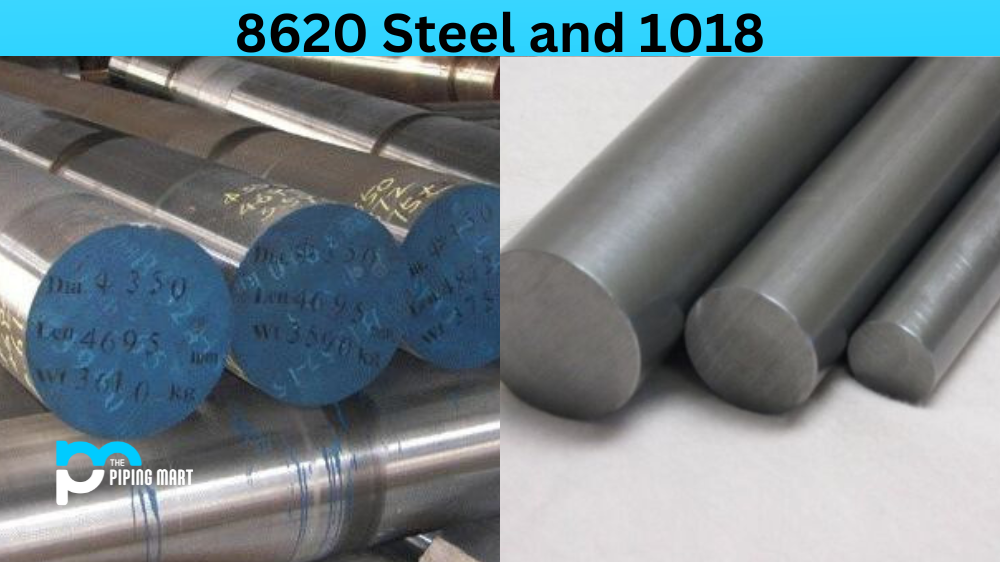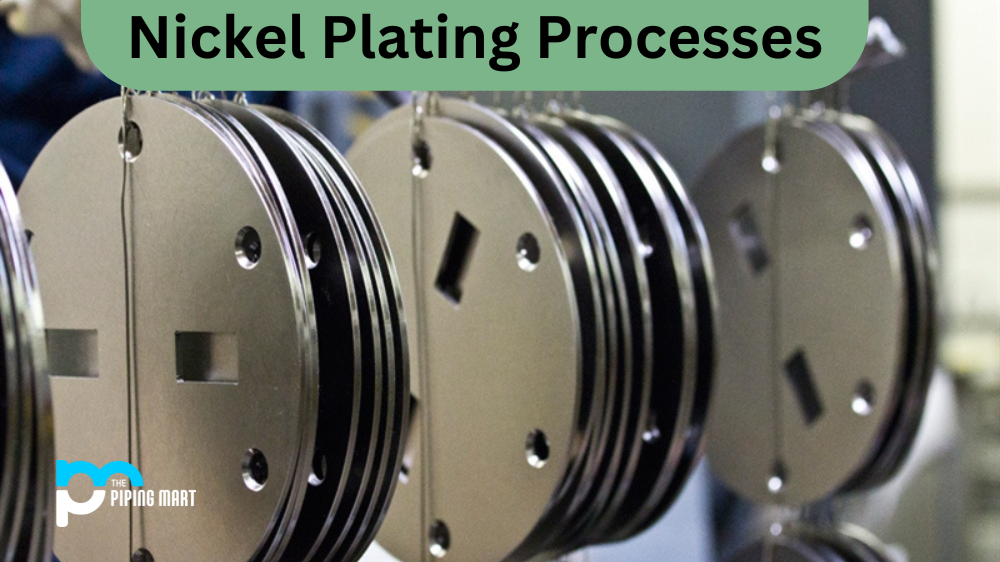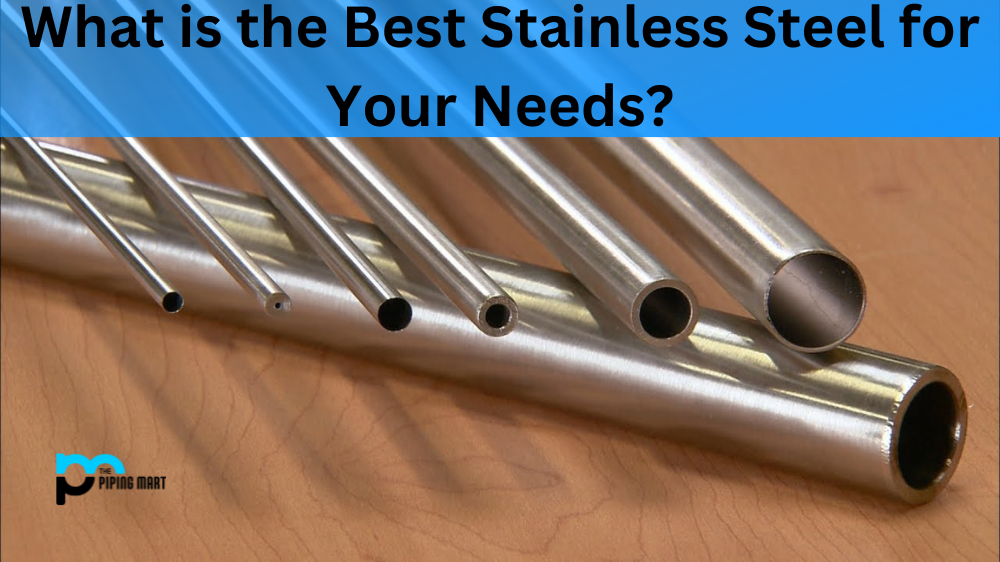Steel is a popular construction material that offers various structures and equipment strength, durability, and flexibility. However, not all steel types are created equal; some are better suited for specific tasks than others. In this blog post, we’ll delve into the difference between two common steel varieties: 8620 steel and 1018 steel. We’ll explore their unique properties and applications and why one type may be preferred.
Difference Between 8620 Steel and 1018
First, let’s consider the composition of these two steel varieties. 1018 steel is a low to mild-carbon steel, typically composed of iron, carbon, and manganese. It’s known for its toughness, machinability, and low price. Meanwhile, 8620 steel contains nickel, chromium, molybdenum alloy, iron, and carbon. This results in a more complex steel type, known for its high strength, durability, and resistance to wear and tear.
Next, let’s explore their unique applications. 1018 steel is often used for general-purpose fabrication, such as fasteners, bolts, and gears. It’s suitable for parts that don’t require high strength or extreme wear resistance. Meanwhile, 8620 steel is often used in high-strength applications, such as gears, shafts, and axles. Its core strength can sustain high stresses, making it ideal for heavy-load machinery.
The manufacturing process also differs between these two steel types. 1018 steel is often cold-finished, processed at low temperatures, whereas 8620 steel is typically hot-finished. The heat-treatment process of 8620 steel can increase hardness and strength, making it an ideal choice for heat-treated parts.
Another factor is their cost. 1018 steel is generally cheaper than 8620 steel, making it popular for prototyping or proof-of-concept projects, where cost is critical. However, when it comes to the final production of parts, the higher strength and durability of 8620 steel may offset the slightly higher cost.
Conclusion
When choosing between 8620 steel and 1018 steel, several factors come into play. The finished product’s intended application and required strength and durability are essential in deciding which steel type to use. While 1018 steel is a reliable, cost-effective choice for low-load applications, 8620 steel provides better strength and durability, especially for high-load machinery. Ultimately, consulting with a knowledgeable steel supplier is essential to determine which type of steel is right for your needs.

Abhishek is a seasoned blogger and industry expert, sharing his insights and knowledge on various topics. With his research, Abhishek offers valuable insights and tips for professionals and enthusiasts. Follow him for expert advice on the latest trends and developments in the metal industry.




